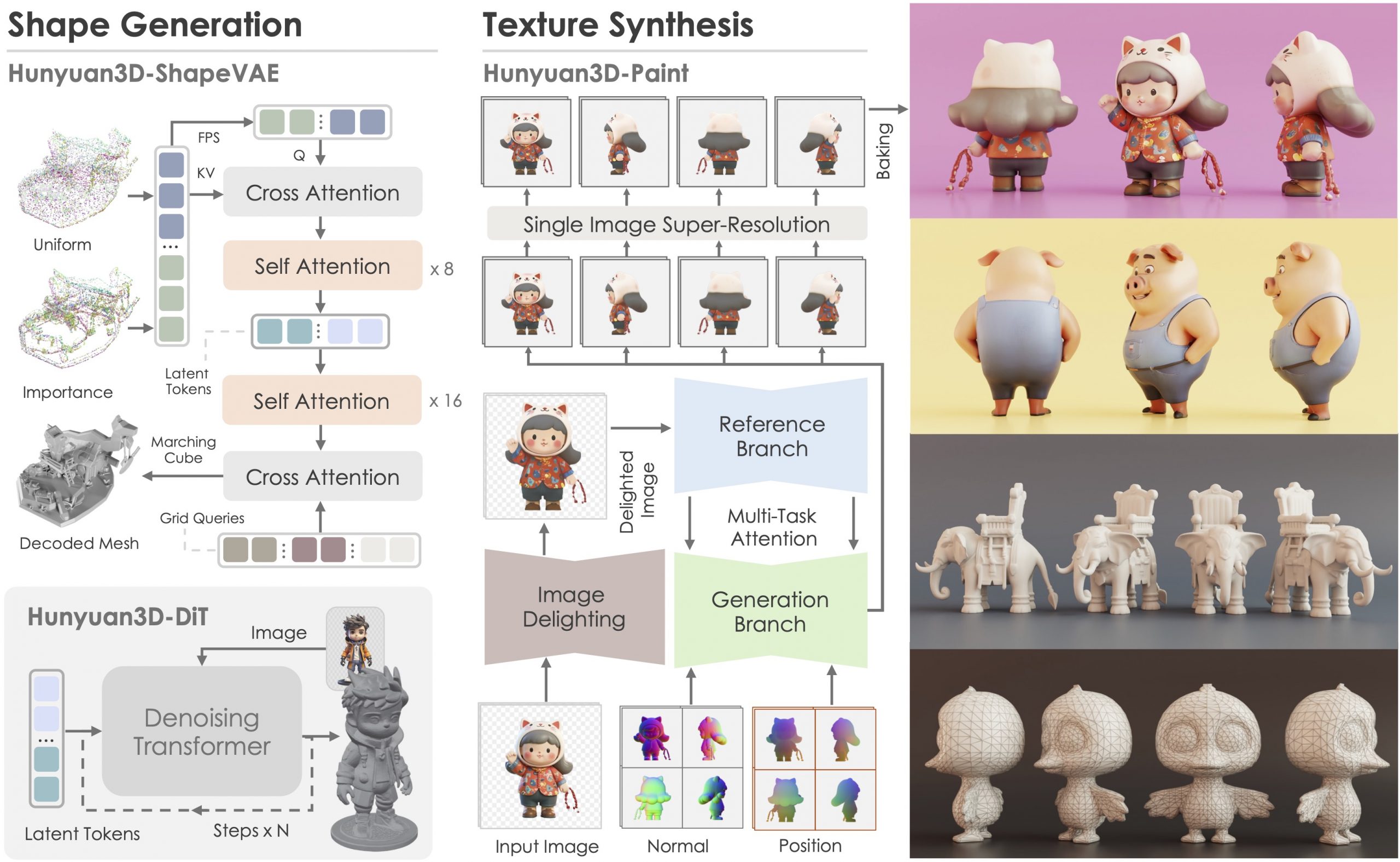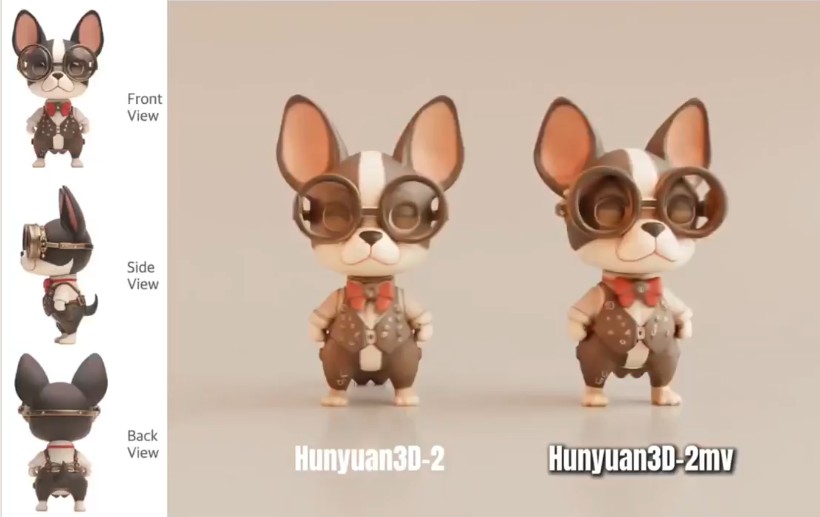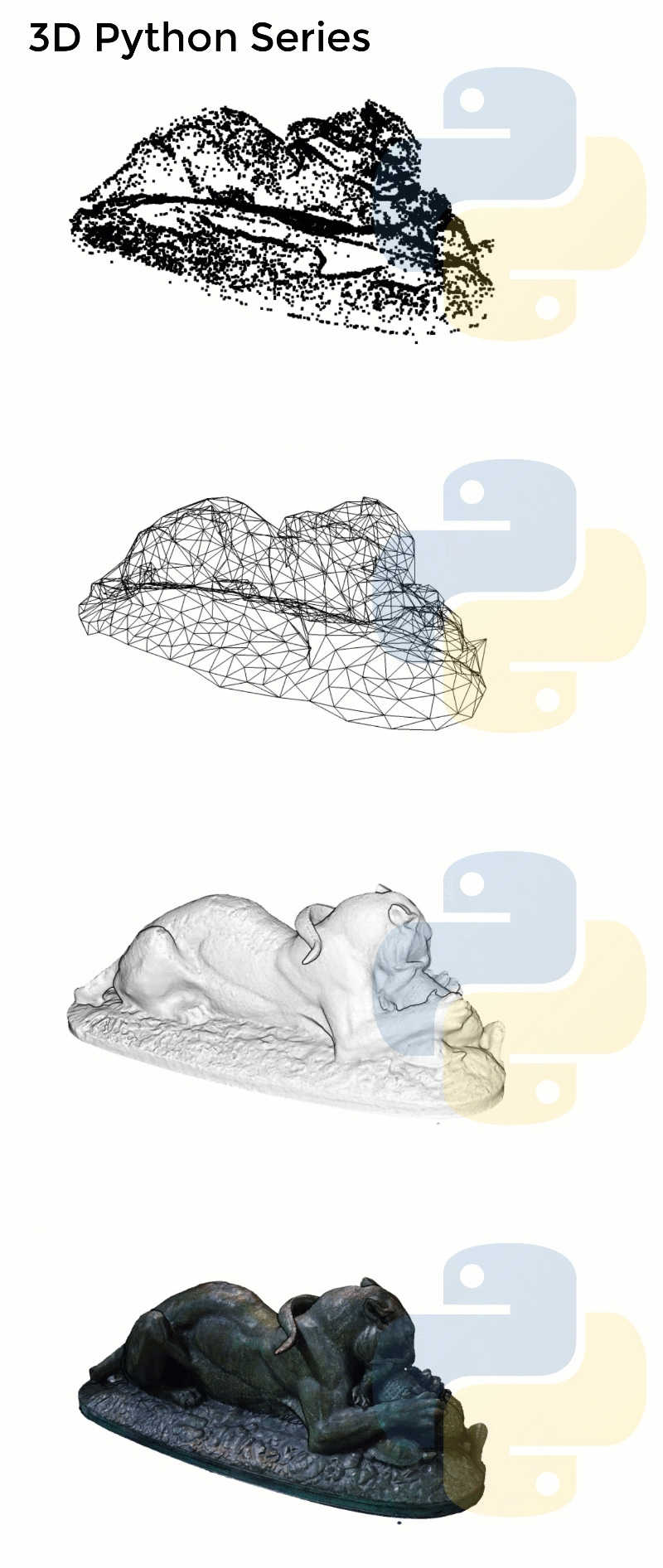BREAKING NEWS
LATEST POSTS
-
Niantic SPZ – open source, compressed gaussian splats file format
https://scaniverse.com/news/spz-gaussian-splat-open-source-file-format
https://github.com/nianticlabs/spz
• Slashes file sizes by 90% (250MB → 25MB) with virtually zero quality loss
• Lightning-fast uploads/downloads, especially on mobile
• Dramatically reduced memory footprint
• Enables real-time processing right on your phoneTech breakthrough:
• Smart compression of position, rotation, color & scale data
• Column-based organization for maximum efficiency
• Innovative fixed-point quantization & log encodinghttps://www.8thwall.com/products/niantic-studio
-
Why Streaming Content Could Be Hollywood’s Final Act
https://www.forbes.com/sites/carolinereid/2024/10/24/why-streaming-could-be-hollywoods-final-act/
The future of Hollywood was reshaped in 1997 with the founding of Netflix, an innovative mail-order DVD rental business by Reed Hastings and Marc Randolph. Unlike traditional rentals, Netflix allowed subscribers to retain DVDs as long as they wanted but required returns before ordering more, allowing the company to collect uninterrupted subscription fees. By 2009, Netflix was shipping nearly a billion DVDs annually but had already set its sights on streaming. The transition to streaming, launched in 2007, faced initial challenges due to limited broadband availability but soon became popular, outpacing the DVD business and bringing Netflix millions of subscribers.
Netflix’s dominance drove traditional media giants to reevaluate their strategies. Disney, initially hesitant, eventually licensed its vast library to Netflix, contributing to the latter’s rise. However, by 2017, Disney pivoted to launch its own platform, Disney+, breaking its Netflix partnership and acquiring 21st Century Fox for content diversification. Disney’s decision sparked a broader industry shift as other studios also developed streaming services, aiming to retain full revenue from direct-to-consumer content instead of sharing it with theaters or traditional networks.
Disney+ quickly gained traction, especially during the pandemic, reaching millions of subscribers and temporarily boosting Disney’s stock. However, the reliance on streaming and subscriber growth strained Disney financially, with high operating costs and content expenses. Content exclusivity backfired, creating complexity for fans, particularly with interconnected Marvel shows, and contributing to user dissatisfaction. Additionally, Disney’s decision to release films like Black Widow simultaneously in theaters and on streaming led to backlash, lawsuits, and lost box office revenue, highlighting the downsides of simultaneous releases.
Facing ballooning expenses and subscriber attrition post-pandemic, Disney’s leadership returned to more traditional revenue models, emphasizing exclusive theater releases and licensing content to third parties. They also introduced cost-saving measures like job cuts and content reductions to stabilize financial losses. This shift echoes a partial return to pre-streaming industry norms as Disney and other studios explore “always-on” channels within their streaming platforms, aiming to balance direct consumer access with sustainable profit models.
-
Björn Ottosson – OKlch color space
Björn Ottosson proposed OKlch in 2020 to create a color space that can closely mimic how color is perceived by the human eye, predicting perceived lightness, chroma, and hue.
The OK in OKLCH stands for Optimal Color.
- L: Lightness (the perceived brightness of the color)
- C: Chroma (the intensity or saturation of the color)
- H: Hue (the actual color, such as red, blue, green, etc.)

Also read:
-
Motionity – The free, open source web-based motion graphics editor for everyone
https://www.producthunt.com/products/motionity
Motionity is an free and open source animation editor in the web. It’s a mix of After Effects and Canva, with powerful features like keyframing, masking, filters, and more, and integrations to browse for assets to easily drag and drop into your video.
-
Open Shading Language (OSL) by Larry Gritz
Open Shading Language (OSL) is a small but rich language for programmable shading in advanced renderers and other applications, ideal for describing materials, lights, displacement, and pattern generation.
https://open-shading-language.readthedocs.io/en/main/
https://github.com/AcademySoftwareFoundation/OpenShadingLanguage
https://github.com/sambler/osl-shaders
Learn OSL in a few minutes
https://learnxinyminutes.com/docs/osl/
FEATURED POSTS
-
AI and the Law – Copyright Traps for Large Language Models – This new tool can tell you whether AI has stolen your work
https://github.com/computationalprivacy/copyright-traps
Copyright traps (see Meeus et al. (ICML 2024)) are unique, synthetically generated sequences who have been included into the training dataset of CroissantLLM. This dataset allows for the evaluation of Membership Inference Attacks (MIAs) using CroissantLLM as target model, where the goal is to infer whether a certain trap sequence was either included in or excluded from the training data.
This dataset contains non-member (
label=0) and member (label=1) trap sequences, which have been generated using this code and by sampling text from LLaMA-2 7B while controlling for sequence length and perplexity. The dataset contains splits according toseq_len_{XX}_n_rep_{YY}where sequences ofXX={25,50,100}tokens are considered andYY={10, 100, 1000}number of repetitions for member sequences. Each dataset also contains the ‘perplexity bucket’ for each trap sequence, where the original paper showed that higher perplexity sequences tend to be more vulnerable.Note that for a fixed sequence length, and across various number of repetitions, each split contains the same set of non-member sequences (
n_rep=0). Also additional non-members generated in exactly the same way are provided here, which might be required for some MIA methodologies making additional assumptions for the attacker.
-
Tencent Hunyuan3D 2.1 goes Open Source and adds MV (Multi-view) and MV Mini
https://huggingface.co/tencent/Hunyuan3D-2mv
https://huggingface.co/tencent/Hunyuan3D-2mini
https://github.com/Tencent/Hunyuan3D-2
Tencent just made Hunyuan3D 2.1 open-source.
This is the first fully open-source, production-ready PBR 3D generative model with cinema-grade quality.
https://github.com/Tencent-Hunyuan/Hunyuan3D-2.1
What makes it special?
• Advanced PBR material synthesis brings realistic materials like leather, bronze, and more to life with stunning light interactions.
• Complete access to model weights, training/inference code, data pipelines.
• Optimized to run on accessible hardware.
• Built for real-world applications with professional-grade output quality.
They’re making it accessible to everyone:
• Complete open-source ecosystem with full documentation.
• Ready-to-use model weights and training infrastructure.
• Live demo available for instant testing.
• Comprehensive GitHub repository with implementation details.






